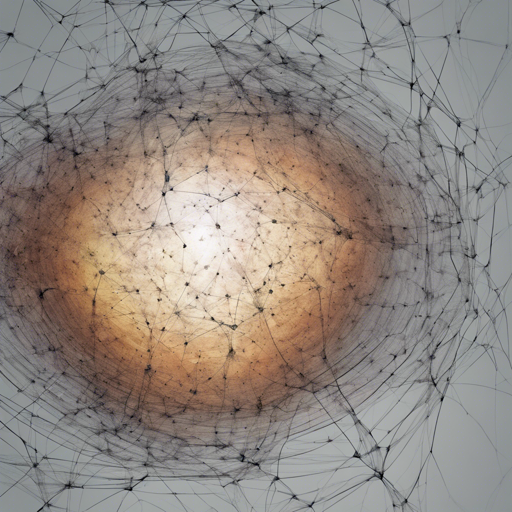Welcome to the exciting world of ReVersion, a method that captures relations from images and allows you to synthesize new scenes! In this blog post, we’ll guide you step by step through the process of implementing this innovative technique. We’ll ensure that the process is user-friendly and approachable, with troubleshooting tips included.
Overview of Relation Inversion
Imagine you have a collection of photos where a cat is always sitting on a stone in various settings – this consistent interaction can be considered a “relation.” At its core, Relation Inversion seeks to learn this relationship (the **R**) so you can generate new images with fresh subjects or backgrounds while maintaining that connection.
Installation Steps
Let’s get everything set up so you can start utilizing the ReVersion technique.
- Clone the Repository
git clone https://github.com/ziqihuangg/ReVersion cd ReVersion - Create Conda Environment and Install Dependencies
conda create -n reversion conda activate reversion conda install python=3.8 pytorch==1.11.0 torchvision==0.12.0 cudatoolkit=11.3 -c pytorch pip install diffusers[torch] pip install -r requirements.txt
Using Relation Inversion
Now that your environment is set up, let’s dive into the main task of Relation Inversion. Here’s how you can do that:
- Prepare the exemplar images and their coarse descriptions:
- Start training using the provided script:
accelerate launch \ --config_file=.config/single_gpu.yml \ train.py \ --seed=2023 \ --pretrained_model_name_or_path=runwayml/stable-diffusion-v1-5 \ --train_data_dir=.reversion_benchmark_v1/painted_on \ --placeholder_token=R \ --initializer_token=and \ --train_batch_size=2 \ --gradient_accumulation_steps=4 \ --max_train_steps=3000 \ --learning_rate=2.5e-04 --scale_lr \ --lr_scheduler=constant \ --lr_warmup_steps=0 \ --output_dir=.experiments/painted_on \ --save_steps=1000 \ --importance_sampling \ --denoise_loss_weight=1.0 \ --steer_loss_weight=0.01 \ --num_positives=4 \ --temperature=0.07 \ --only_save_embeds
.reversion_benchmark_v1
├── painted_on
│ ├── 0.jpg
│ ├── 1.jpg
│ ├── ...
│ └── text.jsonUnderstanding the Code: An Analogy
Think of the Relation Inversion process like preparing a special recipe using cookie ingredients. The images are the raw components – flour, sugar, chocolate chips – while the relation prompt **R** is the secret sauce that makes these cookies unique. You prepare the ingredients (exemplar images), mix them (training the model), and bake them (generating images) to create something delightful and new!
Generating Images with the Learned Relation Prompt
With **R** learned, we can now generate relation-specific images! Here’s how:
- Store the learned **R** in a designated folder structure like this:
.experiments ├── painted_on │ └── checkpoint-500 ├── carved_by │ └── checkpoint-500 └── inside └── checkpoint-500 - Use the following command to generate images:
python inference.py \
--model_id .experiments/painted_on \
--prompt "cat R stone" \
--placeholder_string R \
--num_samples 10 \
--guidance_scale 7.5 \
--only_load_embedsLaunching the Gradio Demo
For a more interactive experience, you can launch a Gradio demo. Just run:
python app_gradio.pyYou can also try the online demo here.
Troubleshooting Tips
If you encounter issues, here are a few things you might check:
- Ensure that you have all dependencies installed correctly.
- Be mindful of file paths; ensure they are correct and match those expected by the scripts.
- For any unexpected errors during the generation process, ensure that your model directory contains the right files.
- Lastly, for more insights, updates, or to collaborate on AI development projects, stay connected with fxis.ai.
Conclusion
At fxis.ai, we believe that such advancements are crucial for the future of AI, as they enable more comprehensive and effective solutions. Our team is continually exploring new methodologies to push the envelope in artificial intelligence, ensuring that our clients benefit from the latest technological innovations.
Now you’re ready to explore Relation Inversion using ReVersion! Happy coding!

